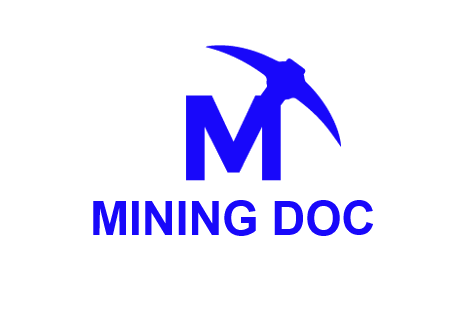A paper written by: Pascal Amedzrovi, George Agyei, University of Mines and Technology, Tarkwa, Ghana.
The most important factor in mine production planning is called cut-off grade. Therefore, it’s accuracy is important as it can seriously impact the net present value (NPV). The Lane’s approach is commonly used to determine the optimal cut-off grade by considering factors such as the capacity of the mine, treatment plant and refinery facilities, the time value of money and grade distribution of the mineral deposit.
Cut-off grade can be defined as the level of ore grade used to separate two courses of action: mine or to leave the unmined, mill, or dump (Taylor, H.K., 1972). A material whose content is above the specified cut-off grade is treated as ore, and that whose content is below the cut-off grade is treated as waste.
Cut-off grade is crucial in mining and is used as a tool for deciding the fate of a block in economic terms during mine planning (Muriuki, J.W., et al., 2018). It defines what is milled, left in place, sent to the waste dump and stockpiled. The choice of cut-off grades influences the profitability of mining projects, and the quantities determine the amount of material that can be extracted economically (Caims, R.D., et al., 2003).
Pascal Amedzrovi and George Agyei from Department of Mining Engineering, University of Mines and Technology, Tarkwa, Ghana carried out this great study and the main conclusions were:
Conclusion 1
Dilution increases the tonnage of materials to be mined and also decreases the average grade of a given parcel of material. To operate at the most profitable level, the cut-off grades have to be raised in order to cater for the extra cost of exploitation, loading, transportation, processing, waste dumping, and environmental issues.
Conclusion 2
Waste rehabilitation cost is also accompanied with each tonne of waste dumped. The effect of this cost is that it reduces the cut-off grade so as to reduce the quantity of materials that should be dumped as waste. Thus, penalizing waste dumping during cut-off grade optimisation makes it more economic to process materials at a reduced cut-off grade in order to reduce the amount of material dumped as waste.
Conclusion 3
The NPV reduced from $ 8 395 to $ 6 007 due to dilution and rehabilitation costs, thus dilution and rehabilitation costs reduced the NPV by $ 2 388. This is as result of the extra costs associated with dilution and waste dumping. These two costs add up to the final production cost and therefore reduces profits for a given mineral inventory.
Bibliography
Caims, R.D., et al., (2003), “The choice of the cutoff grade in mining”, Resources Policy, Vol. 29, No. 3-4, pp. 75-81.
Muriuki, J.W. and Temeng V.A., (2018). Computer-Aided Cut-off Grade Optimisation for Open Pit Mines. Ghana Mining Journal, Vol. 18, No. 2, pp. 1-8.
Pascal Amedzrovi and George Agyei / NIPES Journal of Science and Technology Research 4(2) 2022 pp. 246-258
Taylor, H.K., General background theory of cutoff grades, (1972) Trans. Inst. Mining Met., Sec. A, vol. 81, A160-179.






